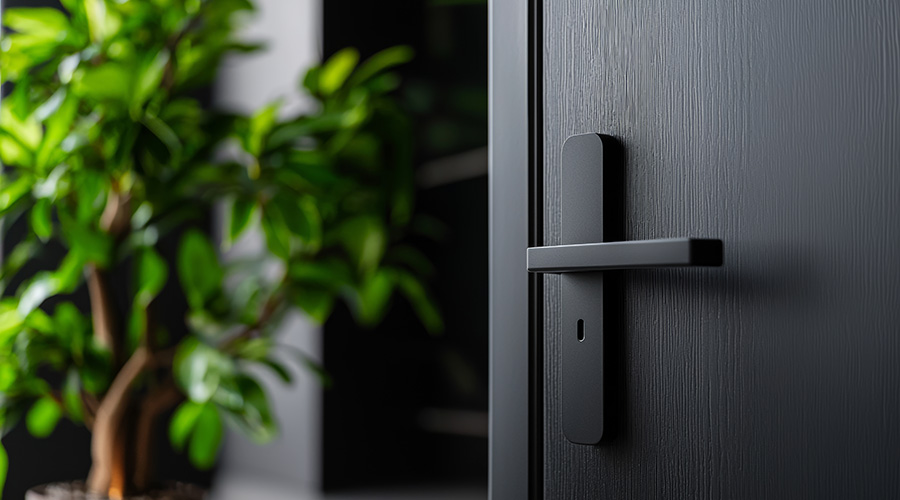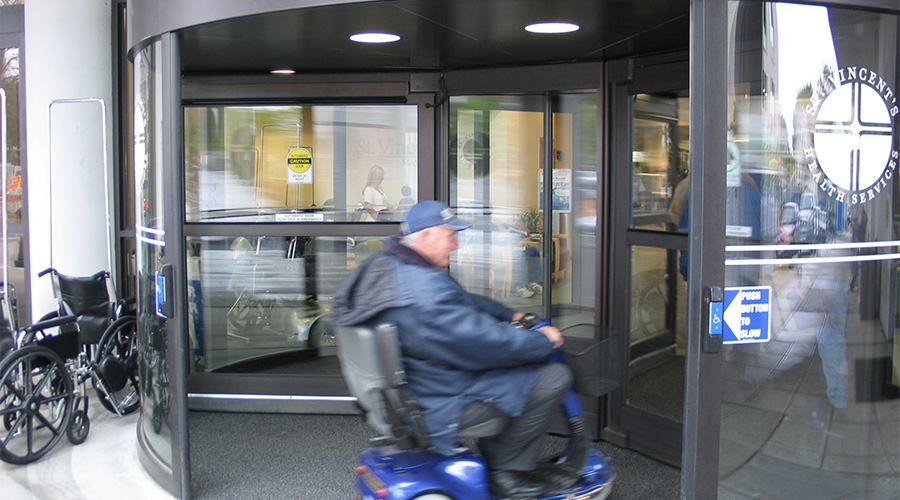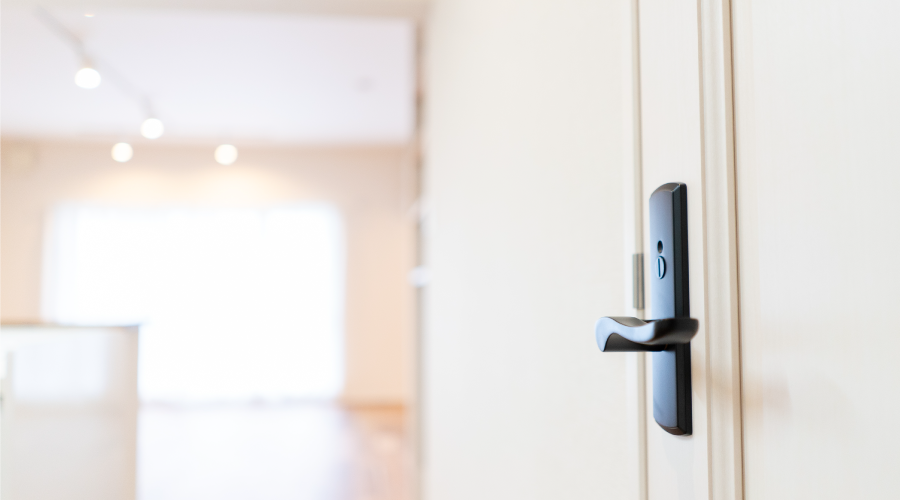Regular Inspections, Testing Delivers Long-Term Reliability for Door Locks, Hardware
The process of specifying and installing door hardware — from hinges and closers to locks and handles — is only part of the task of upgrading a facility's safety and security systems. Maintenance and engineering managers also must ensure door openings and hardware comply with regulatory, functional, security, budgetary, and maintenance requirements without sacrificing appearance.
To achieve this goal, managers must plan for post-installation requirements of the upgraded door hardware components. After a closer examination of these considerations — including inspection, testing and maintenance — managers will be in a better position to deliver projects that meet the entire range of the project's goals.
Thinking Long-Term
Though much of the focus of door-hardware upgrades involves first-cost considerations, managers whose departments are responsible for the longer-term performance of the components must consider a range of additional issues.
Regulations. To provide smooth, trouble-free operation for a long time, door-hardware components need to meet manufacturing standards referred to by the specifier. They also need to meet local, state and federal codes. For example, upgrading to electronic access control (EAC) door locks requires that they meet mechanical codes, but the hardware also must meet regulations from the Federal Communications Commission that establish frequency ranges in order to ensure non-interference due to random electronic signals. Managers can find detailed specifications in ANSI A156.
Function. Depending on the application, locks must meet the codes defining durability and cycles to failure based on standard tests. A classification of Class 1 means the component offers the most cycles to breakdown. Class 2 is less durable, and Class 3 is the least durable.
The best way to ensure long life-cycle functionally is to install the appropriate classification for each application. For example, if a project substitutes a Class 3 door handle and latch — rated for 200,000 cycles —for a Class 2 door handle — rated for 400,000 cycles — and latch, the results are likely to be a shorter performance life for the replacement, a broken latch, and occupants unable to exit a door because the broken handle would not operate the latch.
Security. The situation described above could also include safety and security issues if a failure occurs when occupants are trying to exit in an emergency, only to find the door does not open because the handle is broken. What makes this situation dangerous is that it happens suddenly. One cycle, the handle works; the next cycle, without warning, it doesn't because the latch has broken away from the handle mechanism. Door closers also can present a security issue if they get out of adjustment and do not close the door with enough force to latch it, preventing the lock from doing its job. Also, if a door becomes misaligned due to heavy use and the latch does not seat in the strike, this also can prevent locking. Substituting Class 3 hardware for Class 2 door hardware also can cause problems by making it easier to force the lock due to the lower torque specification of the Class 3 hardware.
Budgets. A life-cycle cost approach is the best way to evaluate choices when budgeting for doors and door hardware. Class 3 hardware is less expensive than the Class 2 or Class 1 components, but it also is less durable and will fail sooner. If managers take a life-cycle approach and refer to cycle tests when making a specification decision, they will specify more robust hardware when appropriate, rather than a solution with the lowest first cost.
Maintenance. Material cost is one element of the equation for evaluating maintenance for door hardware upgrades. The other elements are labor and overhead — supervision. The least durable solution will cost more in labor and supervision to keep it operational than the more durable solution. Also, timely preventive maintenance is much more cost-effective than having to replace hardware after major damage, a security breach, or a code violation.
Related Topics:













